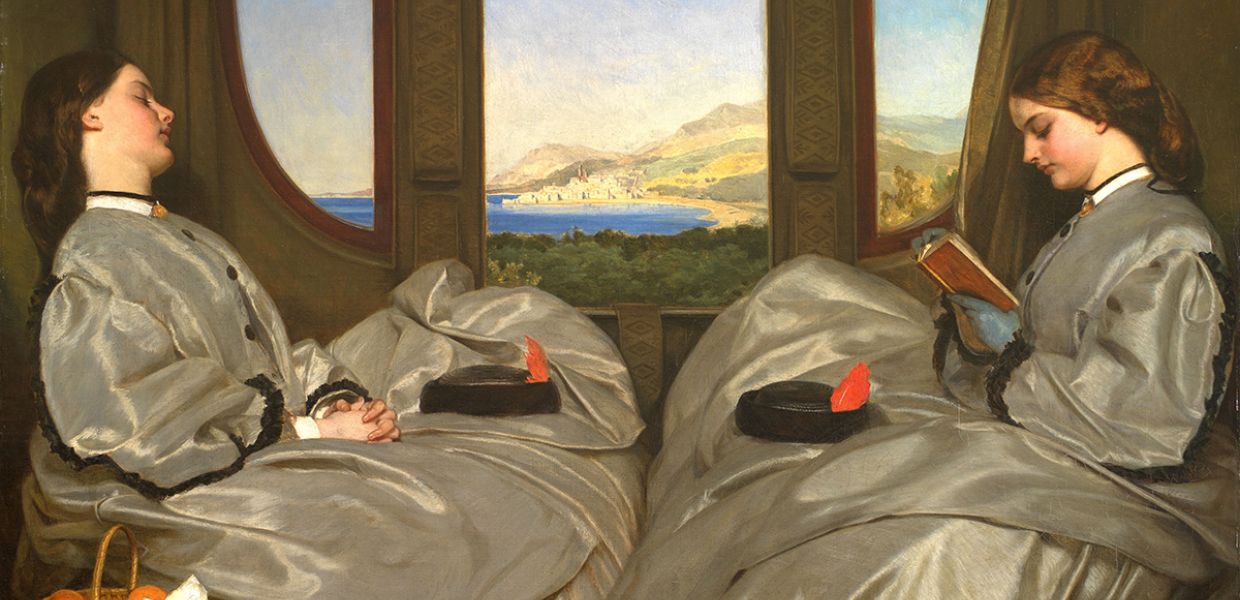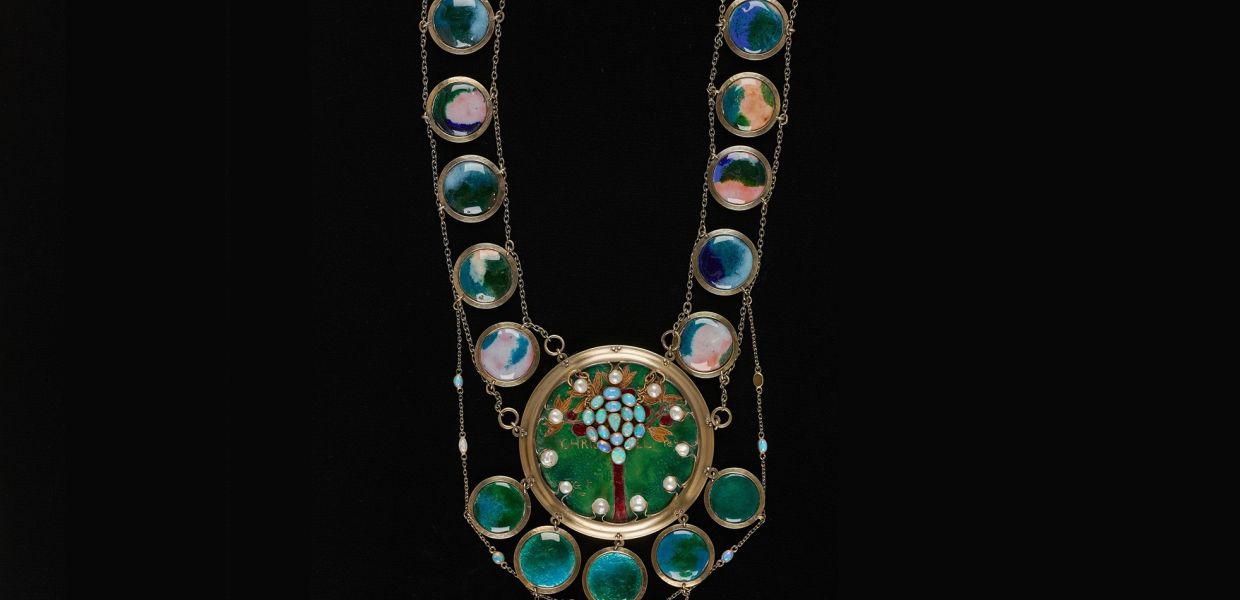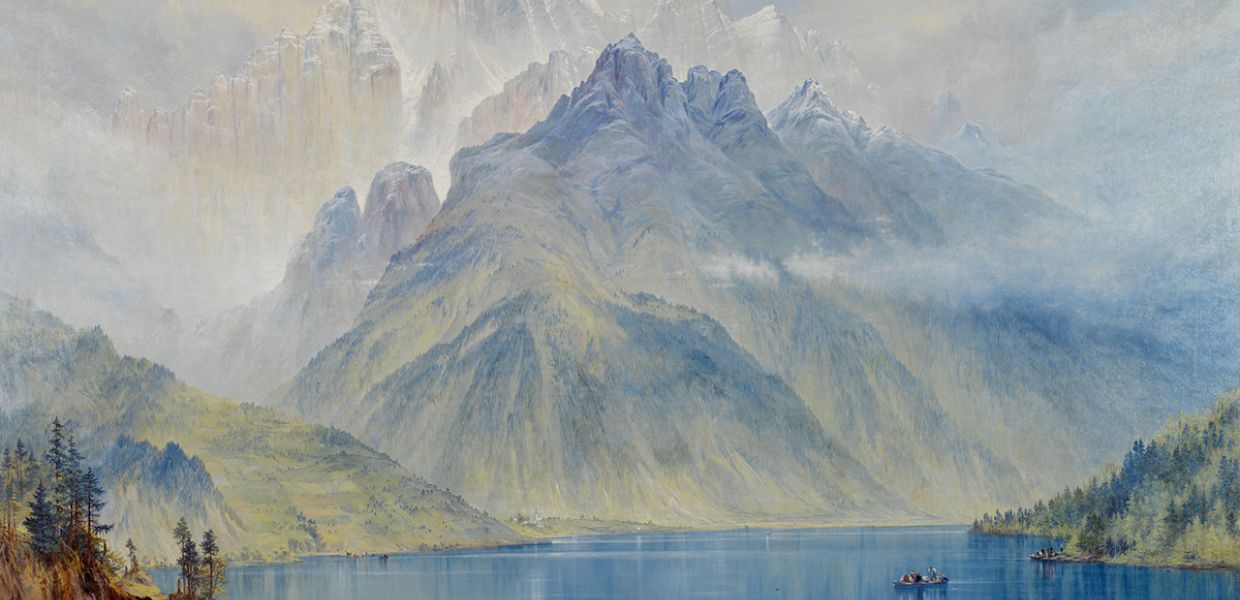What goals do have for the new policy and how will you measure success?
Success for us means that people use the images, with them appearing in more journals and articles, used by press and bloggers, perhaps turning up in new artworks or apps.
BMT’s Digital Policy and Plan 2018-22 laid out a vision to release collection images in the public domain under a CC0 Creative Commons waiver. However, we were aware that we had to do more to get the message out there and to get people thinking creatively about what they could do with the images. We held our first Digital Lab in March 2017 in order to bring people from the culture sector and technologists together to explore what they could create when they worked together.
Over the next couple of years BMT will hold a series of Digital Labs (remix events), funded as part of Arts Council England’s NPO programme, that will introduce audiences to the idea of accessing and creatively using our images, whether by community projects, schools, FE/HE, SMEs or for individual use. BMT will also look to work with partners to encourage full access to images, particularly Wikipedia and Europeana.
Who do you think will benefit the most?
I think it will particularly benefit academics and researchers. I also hope that teachers will use the images in schools; that local community projects will find it a great resource for their work; and that creatives will be inspired to use them in things that they build and develop.
How will the policy work in practice?
Images will be released through the Asset Bank digital asset management system (DAMS) when we make it public-facing. At that point, people will be able to download and freely use all images in the public domain. We hope to make the first release of images via the DAMS in autumn 2018.
We have about 50,000 images and this number will grow. Over the next couple of years, we will be doing an increased amount of digitisation in preparation for moving objects out of Birmingham Museum & Art Gallery, prior to redevelopment of the building.
BMT will not release any images that are still in the copyright of the artist or maker, that have third-party copyright (e.g. trademarks) or are orphan works. We do not have the resources to undertake rights clearance.
What advice would you give to other museums considering open access?
It might be best to say come back in a year and answer that question! I would advise people who would like to do the same, but think it would be an impossibility at the museum they work for, to not give up. Find your case studies, identify the benefits, build your argument and look at ways that you might be able to minimise perceived risks. It may be difficult to create the change, but I think the first step is to make this an ongoing conversation rather than to accept that the answer is no.




